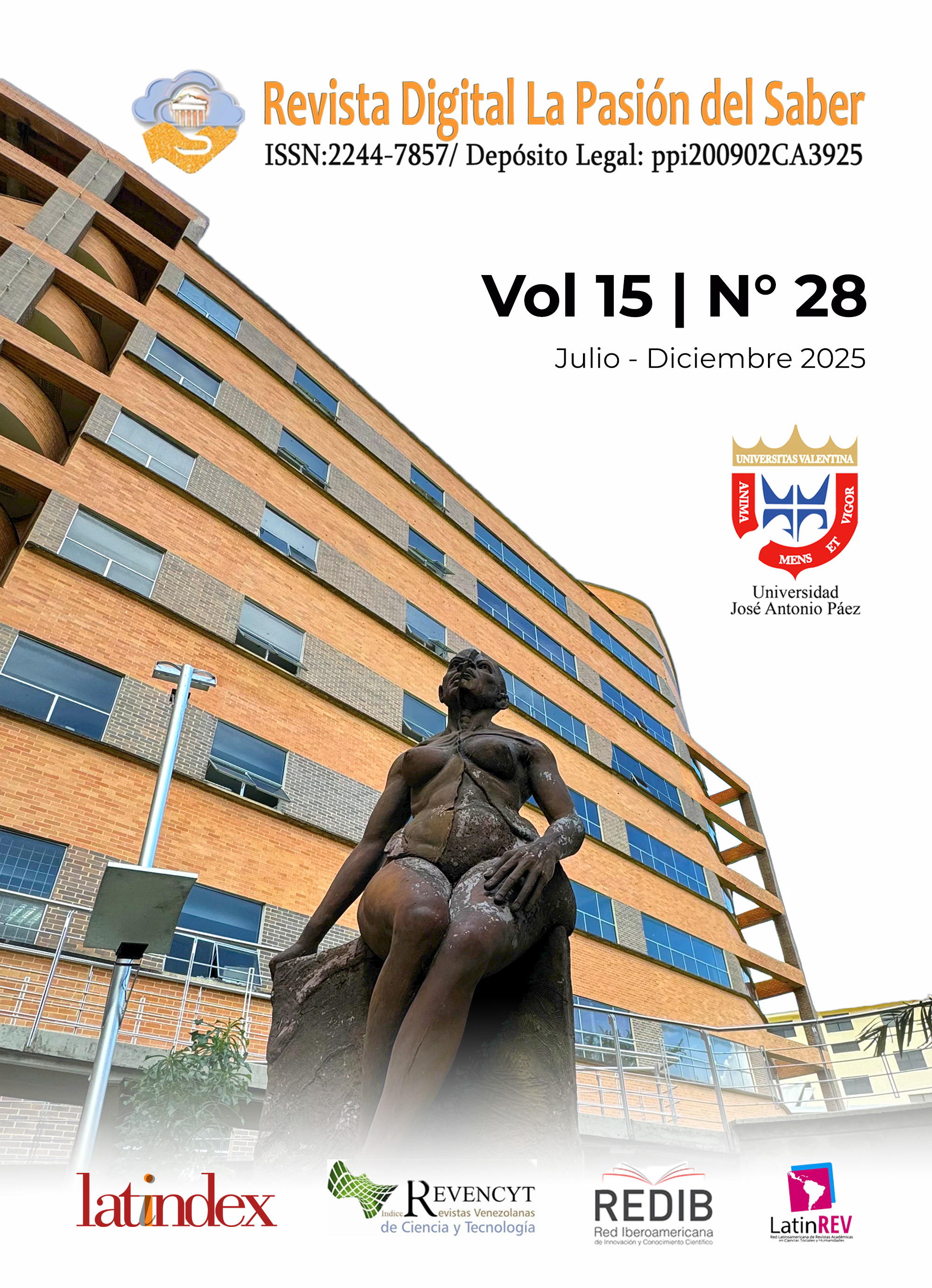Nanomaterials for Cryogenic Methane Storage CH₄: Review of MOFs, Graphene, CNTs and Activated Carbon
Keywords:
Adsorption, Cryogenic storage, Liquefied natural gas (LNG, Graphene, Metal-organic frameworks (MOFs)Abstract
This study reviews recent advances in the use of nanomaterials for the efficient capture and storage of liquefied natural gas (LNG), with emphasis on technologies that improve safety, reduce energy costs, and increase methane sequestration capacity. The research was developed between 2014 and 2024, through a systematic review of experimental studies and computational simulations published in international scientific databases. Materials such as metal-organic frameworks (MOFs), activated carbon, carbon nanotubes and functionalized graphene were analyzed. The results show that MOFs stand out for their high adsorption capacity (>200 v/v at -160 °C and 4 MPa), attributed to their large surface area (>5000 m²/g) and tunable porosity. Also, cryogenic nanofluids have been shown to be effective in enhancing heat transfer during liquefaction. The main conclusions indicate that these nanomaterials have a high potential to optimize LNG storage and transport systems, especially through the implementation of modular solutions. However, limitations related to scalability and long-term stability under cryogenic conditions are identified. In summary, nanomaterials represent an innovative alternative to increase efficiency in natural gas value chains, thus contributing to a more sustainable energy transition.
Downloads
Published
How to Cite
Issue
Section
License
Copyright (c) 2025 Kelvin Cabrera , Wakefield Cabrera

This work is licensed under a Creative Commons Attribution-NonCommercial-ShareAlike 4.0 International License.
ISSN:2244-7857
Depósito Legal: ppi200902CA3925

